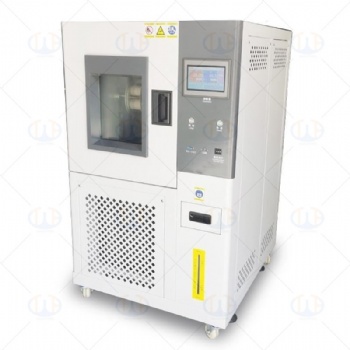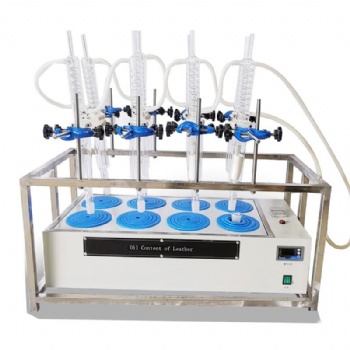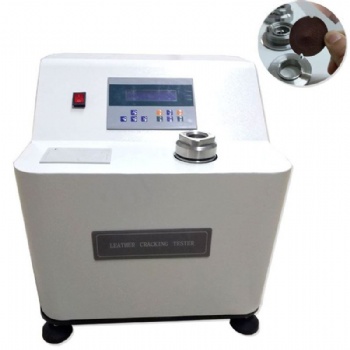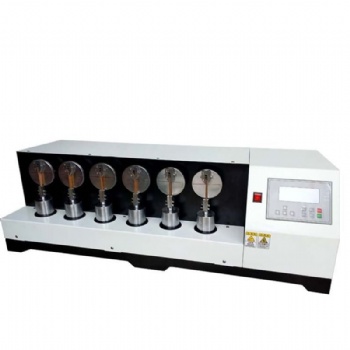News
Fibreboard Flexing Index Testing Machine: Overview and Features
Fibreboard Flexing Index Testing Machine: Overview and Features
Introduction
The Fibreboard Flexing Index Testing Machine is a specialized testing device designed to evaluate the durability and flexibility of fibreboard materials under repeated bending stresses. It is widely used in industries such as construction, packaging, and furniture manufacturing to ensure the performance and longevity of fibreboard products.
Key Features
Precision Testing:
Accurately measures the flexing index, which quantifies the material's resistance to cracking or failure under repetitive bending.
Durable Design:
Equipped with robust mechanical components to handle extensive testing cycles without compromising accuracy.
Compliance with Standards:
Meets testing requirements outlined in relevant standards like ISO 178, ASTM D1037, or EN 310.
Customizable Parameters:
Adjustable bending angles, force application, and test cycles to accommodate different fibreboard specifications.
Automated Operation:
Includes computerized controls for automated testing, data recording, and reporting.
Safety Features:
Built-in safety mechanisms, including overload protection and emergency stop.
Applications
Construction: Testing fibreboards used in walls, ceilings, and flooring for durability under dynamic loads.
Packaging: Ensuring the flexibility and strength of fibreboards used in heavy-duty packaging.
Furniture: Verifying the resilience of fibreboards used in structural and aesthetic components of furniture.
Technical Specifications
Parameter | Details |
Test Force Range | 0–1000 N |
Bending Angle Range | 0–90° adjustable |
Test Speed | 5–30 cycles/min adjustable |
Flexing Cycle Capacity | Up to 1,000,000 cycles |
Control System | Computerized with touchscreen display |
Data Output | Flexing index, failure point, cycle count |
Test Procedure
Specimen Preparation:
Prepare the fibreboard sample as per test standard requirements (e.g., dimensions and conditioning).
Mounting the Sample:
Secure the sample in the machine's test fixture, ensuring proper alignment.
Setting Test Parameters:
Configure the bending angle, load force, and cycle count using the control interface.
Running the Test:
The machine applies repetitive bending until the specimen shows signs of failure or completes the set cycle count.
Data Analysis:
Analyze recorded data to determine the flexing index and assess the material’s performance.
Advantages
Versatility:
Adaptable for various types of fibreboard materials.
Reliability:
Provides consistent and repeatable results.
Ease of Use:
Intuitive controls and automated processes streamline testing operations.
Comprehensive Reporting:
Generates detailed test reports, including graphical representations of results.
Conclusion
The Fibreboard Flexing Index Testing Machine is a critical tool for industries relying on fibreboard materials. Its ability to simulate real-world flexing conditions ensures manufacturers can deliver durable and high-quality products.
4o
2 ton tensile strength test device, 1 ton tensile strength testing system, computer control 196 degrees metal impact tester, 10KN tensile strength testing apparatus
Categories
Contact Us
- +86-18615632092
- wtbequipment@hotmail.com
- sophie-tester
- +86-18615632092




 售前客服
售前客服